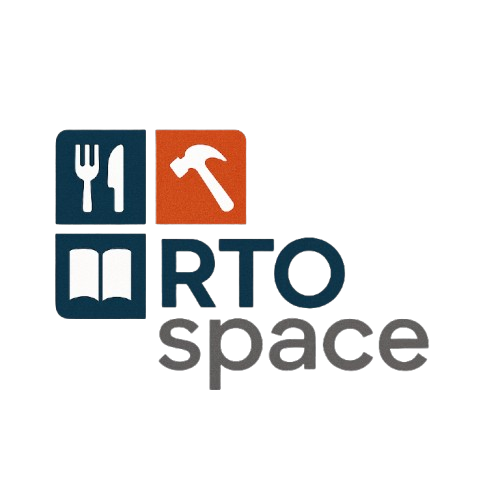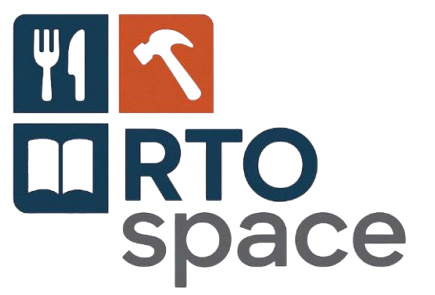Automotive Training Spaces In Melbourne
Automotive training spaces play a pivotal role in nurturing the next generation of skilled automotive professionals. These environments must be equipped with the right tools, technology, and safety measures to ensure effective learning and the well-being of students. In this comprehensive guide, we’ll explore the essential equipment and safety guidelines for creating top-notch automotive training spaces.
The Importance of Well-Equipped Automotive Training Spaces
Automotive training spaces serve as the foundation for educating future automotive technicians and professionals. These spaces should mirror real-world automotive environments, offering students hands-on experience with the latest technology and tools. Here’s what you need to consider:
1. Diagnostic Equipment:
Effective automotive training begins with diagnostic tools. Ensure that your training space is equipped with cutting-edge diagnostic equipment, including:
Scan Tools: Modern scan tools allow students to diagnose vehicle issues by connecting to the vehicle’s computer systems.
Oscilloscopes: Oscilloscopes are essential for understanding electronic signals in a vehicle’s components.
Multimeters: Multimeters measure electrical properties, helping students troubleshoot electrical issues.
2. Automotive Lifts:
Automotive lifts are indispensable for access to the vehicle’s underside and various components. Choose a variety of lift types, including two-post, four-post, and scissor lifts, to provide a diverse learning experience.
3. Hand Tools and Power Tools:
Stock your training space with a wide range of hand tools and power tools, including wrenches, pliers, sockets, and power drills. These tools allow students to perform tasks ranging from basic maintenance to complex repairs.
4. Vehicle Models and Components:
Having a variety of vehicle models and components on hand allows students to work on different systems and gain exposure to various vehicle types. Consider partnerships with automotive manufacturers to acquire training vehicles.
5. Safety Equipment:
Prioritizing safety is paramount in an automotive training environment. Ensure that your space is well-equipped with safety gear, including gloves, eye protection, and fire extinguishers. Fire suppression systems should also be in place for added safety.
6. Classroom Facilities:
While hands-on training is crucial, don’t overlook the importance of classroom facilities within your training space. Equipped with multimedia capabilities, classrooms provide a space for theory-based learning and interactive discussions.
Safety Guidelines for Automotive Training Spaces
Maintaining a safe learning environment is a top priority when creating automotive training spaces. Implementing safety guidelines and best practices is essential to protect students and instructors. Here are some safety considerations:
1. Safety Training:
All students should receive comprehensive safety training before working in the training space. Instructors should emphasize the safe use of equipment, proper handling of tools, and adherence to safety protocols.
2. Protective Gear:
Ensure that students and instructors have access to appropriate protective gear, including safety glasses, gloves, and aprons. Encourage the consistent use of this gear when working on vehicles.
3. Emergency Procedures:
Establish clear emergency procedures and protocols for handling accidents, injuries, and fires. Conduct regular drills to familiarize everyone with these procedures.
4. Proper Ventilation:
Automotive training spaces should have adequate ventilation to disperse harmful fumes and chemicals. Exhaust fans and ventilation systems are essential for maintaining air quality.
5. Tool Maintenance:
Regularly inspect and maintain tools and equipment to ensure they are in safe working condition. Damaged or faulty equipment should be repaired or replaced promptly.
6. Fire Safety:
Install fire extinguishers and fire suppression systems in key areas of the training space. Train students and staff on how to use these devices effectively.
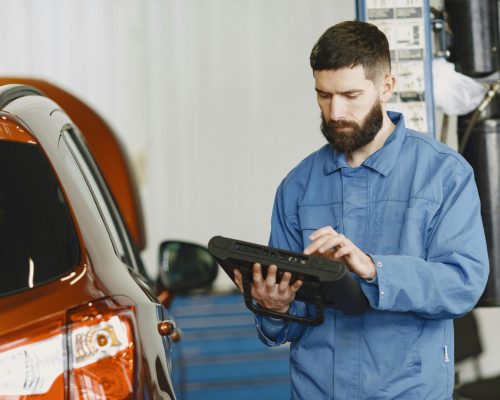
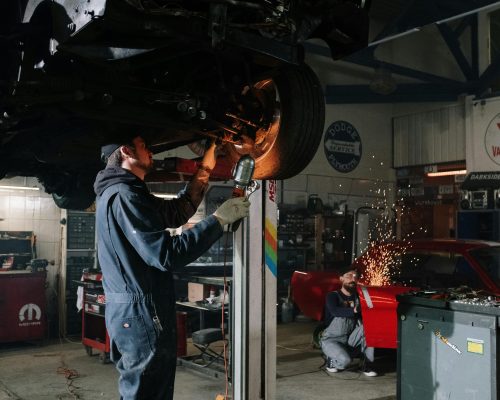
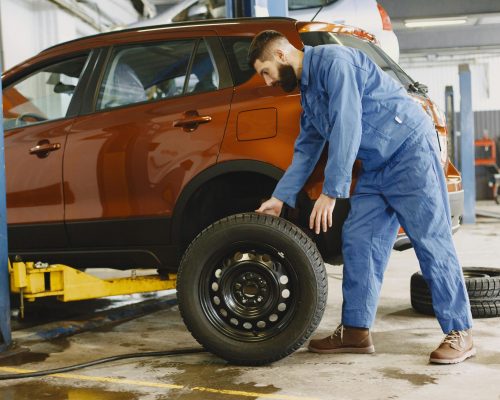
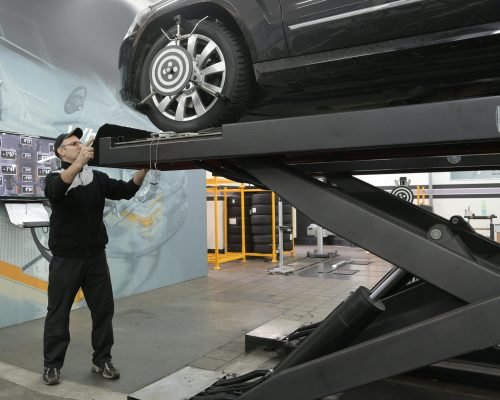
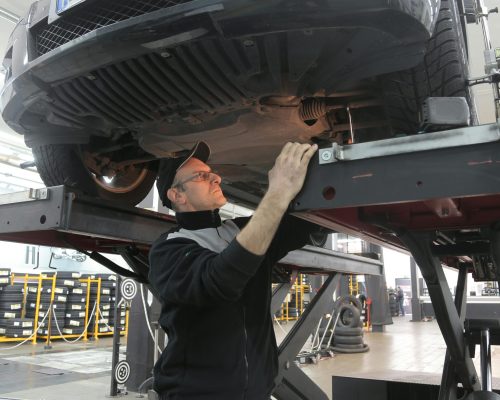
To Rent Your Space With Us!
Conclusion
Creating effective and safe automotive training spaces requires careful consideration of equipment, safety measures, and adherence to best practices. By providing students with access to top-notch tools and technology while prioritizing safety, you can cultivate a learning environment that prepares the next generation of automotive professionals for success in this dynamic and ever-evolving industry.
